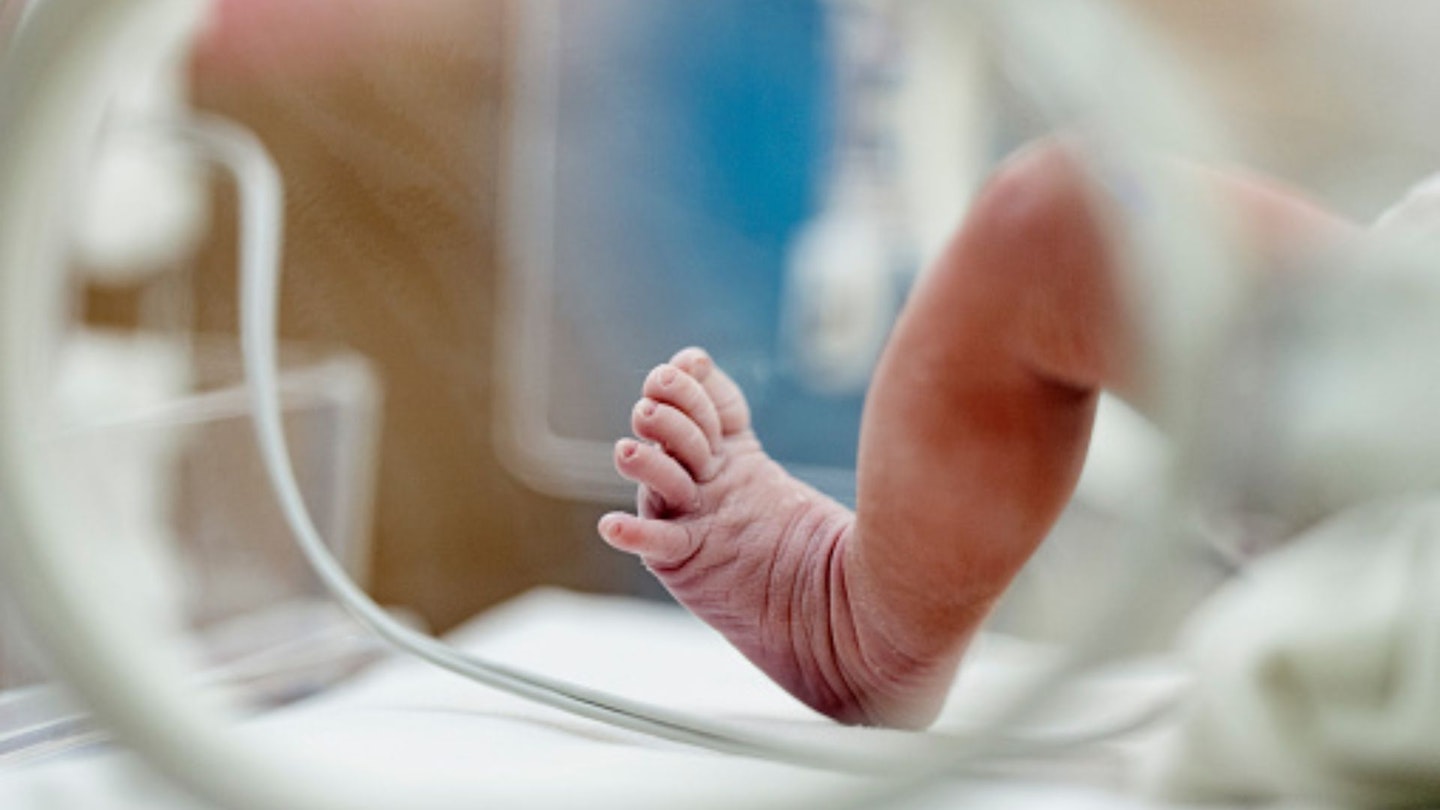There are some genetic disorders or syndromes that can be diagnosed during your pregnancy, but most, such as Apert syndrome, are only diagnosed at birth. Named after the doctor who first described the syndrome in the early 1900's, Apert syndrome is a genetic condition which can affect the skull and face, hands and sometimes feet.
According to Great Ormond Street Hospital specialists, Apert syndrome is a type of complex craniosynostosis, which is where the plates of bone in the skull fuse before birth, rather than when head growth has finished.
Based on expert medical knowledge through Great Ormond Street Hospital, we look at all you need to know about Apert syndrome, how it's diagnosed and what treatment can be expected after diagnosis.
What is Apert syndrome?
Caused by a mutation in the Fibroblast Growth Factor Receptor 2 gene, which affects how certain cells in the body grow, Apert syndrome is a genetic condition which can be passed on from parent to child. This means if it is an inherited gene, half of the children of that one parent could inherit the condition.
Research has also shown the in many cases, it can also develop randomly.
Symptoms of Apert syndrome
Children who are born with Apert syndrome have physical characteristics that can vary from child to child, but the most common include a high, prominent forehead, prominent eyes and fused fingers and/or toes.
Prominent forehead: the skull plates fuse before birth, and midface bones don't grow in proportion, so it results in a prominent forehead which can lead to developing hydrocephalus, which is a build up of fluid within the brain.
Cleft palate: while it doesn't affect every child who is diagnosed with Apert syndrome, a cleft lip or palate is a common symptom.
Vision: sometimes vision can be affected as the eyes are not protected by eyelids.
Syndactyly: this is a condition where children are born with webbed or fused fingers and sometimes the toes.
Some children with Apert syndrome also have developmental delay and learning disabilities, which can vary from mild to severe.
Diagnosing Apert syndrome
No specific diagnosis tests are needed for Apert syndrome, as children with the genetic condition have a characteristic appearance.
However, x-ray's, CT scans and MRI scans might be suggested by doctors to monitor bone growth before, during and after treatment and to check for any abnormal build up of fluid and raised pressure inside the brain.
How Apert syndrome is treated
Most children with Apert syndrome will require long term monitoring, especially while they're young and growing. Some children will need support in education if they have learning disabilities and depending on other symptoms, might need monitoring for their breathing, vision and hearing.
As different areas of the body are affected, there would be a multidisciplinary team approach, which usually is made up of:
Surgeons
Brain surgeons
Ear nose and throat specialist
Dentists and orthodontists
Geneticists
Psychologists
Speech and language therapists
Other specialists may be introduced if needed.
Monitoring
Treatment after birth may be needed in some cases of Apert syndrome, to help relieve pressure inside the head if it's raised. A baby with the syndrome will be expected to have a longer hospital stay so that they can be closely monitored for any potentials health problems. This makes it quicker to identify any potential problems.
Surgery
In a lot of cases, skull reshaping surgery will take place within the first few years of a child being born, to help reshape the skull. With fused fingers, surgery to separate the fingers will be carried out in several phases to help with separation, however fused toes often don't require surgery unless they cause mobility problems.
As children grow a lot through childhood, surgery may be required at different stages to help make corrections to the skull shape and midface. Surgery on the midface is to help reshape the eye sockets, which allows the eyelids to fully close, which is needed to help protect the eyes.
About the expert
The information used has been compiled together by the Craniofacial team at Great Ormond Street hospital, based on research and knowledge of the genetic condition from 2019.
Samantha Ball is a Product & Lifestyle Writer for Mother&Baby and freelanced for the website for two years before joining the team full time. She's a mum of two and loves browsing for the best products and cute outfits.
